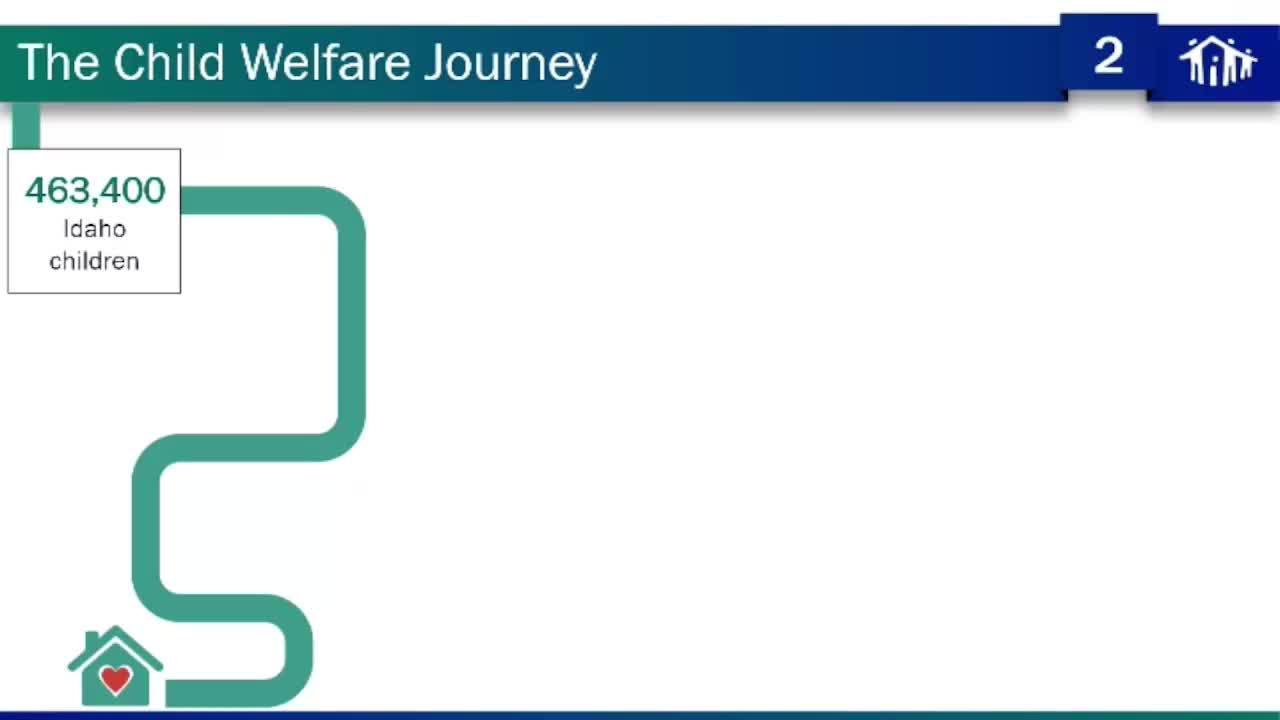Idaho child welfare system faces budget crisis amid rising congregate care placements
November 20, 2024 | Joint Finance-Appropriations Committee, JOINT, Committees, Legislative, Idaho
This article was created by AI summarizing key points discussed. AI makes mistakes, so for full details and context, please refer to the video of the full meeting. Please report any errors so we can fix them. Report an error »

In a recent meeting of the Joint Finance-Appropriations Committee, Idaho lawmakers delved into the pressing issues surrounding child welfare in the state. The discussion highlighted the complex journey children take when entering the custody of the Department of Health and Welfare, revealing alarming statistics and the challenges faced by the system.
With approximately 463,000 children in Idaho, the department receives around 24,000 referrals each year regarding allegations of abuse or neglect. While most cases are assessed and deemed safe, about 1,700 children are committed to the department's custody annually. The meeting underscored the critical distinction between prevention cases, where children remain at home with oversight, and placements, which involve removal from their families—a decision that can lead to irreversible trauma.
The committee learned that the budget for child welfare is heavily influenced by the number of children entering the system and their length of stay. Director Adams explained that the child welfare program operates as an entitlement, meaning that if more children enter the system than anticipated, the department must request supplemental funding to cover the costs. This year, the projected supplemental request is $14 million, a significant reduction from earlier estimates of $24 million, attributed to efforts to reduce reliance on costly congregate care settings.
The discussion also revealed a troubling trend: as the number of foster families declines, the reliance on congregate care—more expensive and less effective—has increased. Currently, about 18% of children in the system are placed in congregate care, which costs an average of $385 per day, compared to just $16 for foster care. The committee emphasized the need for a balanced approach, focusing on increasing the number of foster families while also investing in preventive measures to keep children safely in their homes.
Lawmakers expressed concern over the impact of parental incarceration on child welfare, with 15% of children in the system having at least one incarcerated parent. The meeting concluded with a commitment to improving outcomes for children by enhancing prevention strategies and increasing the availability of foster homes, aiming for a future where fewer children experience the trauma of removal from their families.
As Idaho grapples with these challenges, the discussions at the committee meeting reflect a growing awareness of the need for systemic change to better support vulnerable children and families across the state.
With approximately 463,000 children in Idaho, the department receives around 24,000 referrals each year regarding allegations of abuse or neglect. While most cases are assessed and deemed safe, about 1,700 children are committed to the department's custody annually. The meeting underscored the critical distinction between prevention cases, where children remain at home with oversight, and placements, which involve removal from their families—a decision that can lead to irreversible trauma.
The committee learned that the budget for child welfare is heavily influenced by the number of children entering the system and their length of stay. Director Adams explained that the child welfare program operates as an entitlement, meaning that if more children enter the system than anticipated, the department must request supplemental funding to cover the costs. This year, the projected supplemental request is $14 million, a significant reduction from earlier estimates of $24 million, attributed to efforts to reduce reliance on costly congregate care settings.
The discussion also revealed a troubling trend: as the number of foster families declines, the reliance on congregate care—more expensive and less effective—has increased. Currently, about 18% of children in the system are placed in congregate care, which costs an average of $385 per day, compared to just $16 for foster care. The committee emphasized the need for a balanced approach, focusing on increasing the number of foster families while also investing in preventive measures to keep children safely in their homes.
Lawmakers expressed concern over the impact of parental incarceration on child welfare, with 15% of children in the system having at least one incarcerated parent. The meeting concluded with a commitment to improving outcomes for children by enhancing prevention strategies and increasing the availability of foster homes, aiming for a future where fewer children experience the trauma of removal from their families.
As Idaho grapples with these challenges, the discussions at the committee meeting reflect a growing awareness of the need for systemic change to better support vulnerable children and families across the state.
View full meeting
This article is based on a recent meeting—watch the full video and explore the complete transcript for deeper insights into the discussion.
View full meeting